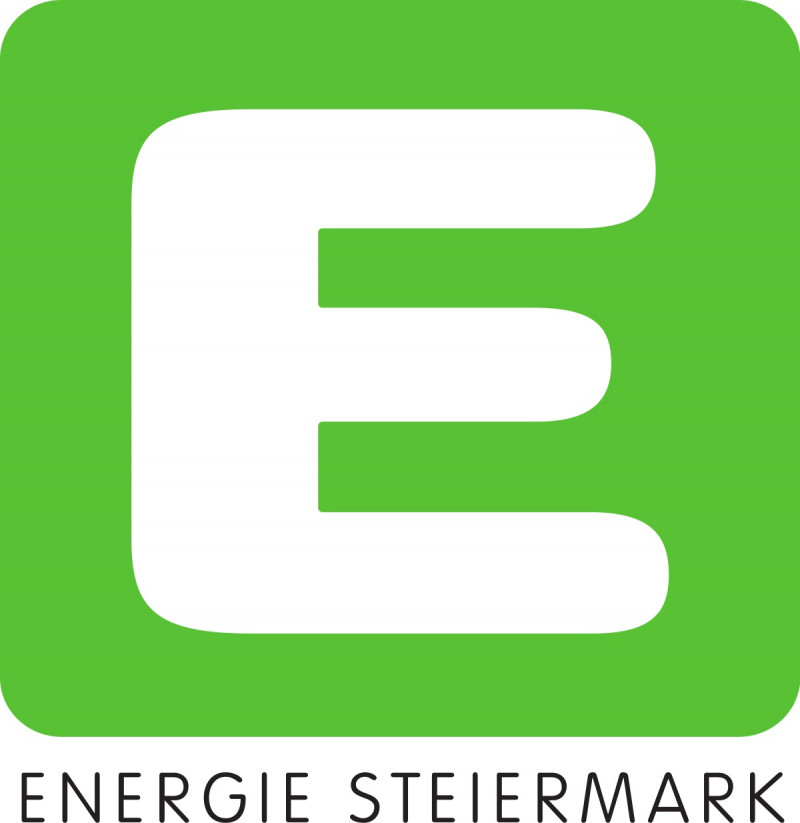UserGRIDS: User-Centered Smart Control and Planning of Sustainable Microgrids
Der Klimaschutz erfordert die massive Reduktion der durch den Gebäudebestand bedingten Treibhausgas-Emissionen. Die neuen Möglichkeiten der Digitalisierung versprechen, mittels „Digital Energy Services“ (DES) Energiesysteme mit stark fluktuierender Nutzung und großen Anteilen volatiler Energiequellen zielgerichteter betreiben und planen zu können.
Im Projekt UserGRIDs werden Methoden entwickelt und erprobt, die den Betrieb und die Planung von Quartiers-Energiesystemen nutzerzentriert und effizient unterstützen. Als Grundlage dient der INNOVATION DISTRICT INFFELD. Dieser Forschungs- und Lehrcampus ist mit 125.000 m² Bruttogeschoßfläche und einer Mischung aus Büro-, Lehr- und projektgetriebenem Laborbetrieb ein ideales Beispiel für stark fluktuierende Nutzungsanforderungen.
Die Basis bildet eine ICT-Plattform, in der alle für die Energieperformance relevanten Daten zusammenfließen. Dazu gehören Messdaten aus den Energiesystemen (Temperaturen, Leistungen, etc.) und Daten anderer digitaler Systeme (Raumbelegung, Wetterdaten, Preissignale, etc.). Die Plattform stellt den DES „Energiemanagement“ und „Energiestrukturplanung“ laufend Daten zur Verfügung und übermittelt deren Feedback zurück an den Campus. Zudem wird den Nutzer*innen ermöglicht, in Echtzeit mit den DES zu interagieren.
Das DES Energiemanagement verbindet die Regelungen der Gebäude zu einem umfassenden, selbstlernenden Gesamtkonzept. Nutzer*innendaten fließen in Prognosen und Zielsetzungen des Systems ein. Ziel ist der emissionsminimierte ökonomische Betrieb durch optimale Bewirtschaftung der Speicher und Einbindung volatiler Quellen. Externe Kommunikation sichert die intelligente Einbindung in übergeordnete urbane Versorgungssysteme.
In der Energiestrukturplanung werden detaillierte Modelle des Energiesystems der Gebäude und der übergeordneten Campus-Infrastruktur entwickelt, validiert und für die Bewertung struktureller Weiterentwicklungen eingesetzt. Es werden alle Stakeholder einbezogen und Key Performance Indicators (KPIs) definiert. Simulationen bewerten die KPIs unterschiedlicher Entwicklungsvarianten.
Dabei werden sowohl System-Transformationen, wie die Einbeziehung von Energiespeichern oder der Austausch von Energietechnologien, als auch der Ausbau der Photovoltaik am Campus bewertet. Ebenso wird das abzusehende Wachstum auf 185.000 m² Bruttogeschoßfläche analysiert.
Die Entwicklungen werden als Musterlösungen formuliert, die als Basis für die Entwicklung von Geschäftsmodellen herangezogen werden. Der INNOVATION DISTRICT INFFELD versteht sich als ein Vorreiter des Einsatzes neuer DIGITALER ENERGY SERVICES, um die Nutzungszufriedenheit eines Stadtquartiers zu steigern, den Betrieb des energietechnischen Systems optimal zu regeln und den Ausbau konsequent in Richtung eines Nullemissions-Quartiers voranzutreiben.
Projektlaufzeit
2021-03-01 - 2024-02-29
Finanzierung
FFG - 3rd Call – Energy Model Region (Vorzeigeregion Energie) 

Dieses Projekt wird aus Mitteln des Klima- und Energiefonds gefördert und im Rahmen der Vorzeigeregion Energie durchgeführt.
Projektpartner
Institut für Wärmetechnik, TU Graz (Konsortialführung)
Institut für Softwaretechnologie, TU Graz
Gebäude und Technik, TU Graz
Institut für Regelungs- und Automatisierungstechnik, TU Graz
Institut für Bauphysik, Gebäudetechnik und Hochbau, TU Graz
Institute of Interactive Systems and Data Science, TU Graz
BEST - Bioenergy and Sustainable Technologies GmbH
Bundesimmobiliengesellschaft m.b.H.
EAM Systems GmbH
Energie Steiermark AG
EQUA Solutions AG
Fronius International GmbH






Ansprechperson

Valentin KAISERMAYER
valentin.kaisermayer@best-research.eu
Area Management

Markus GÖLLES
markus.goelles@best-research.eu

